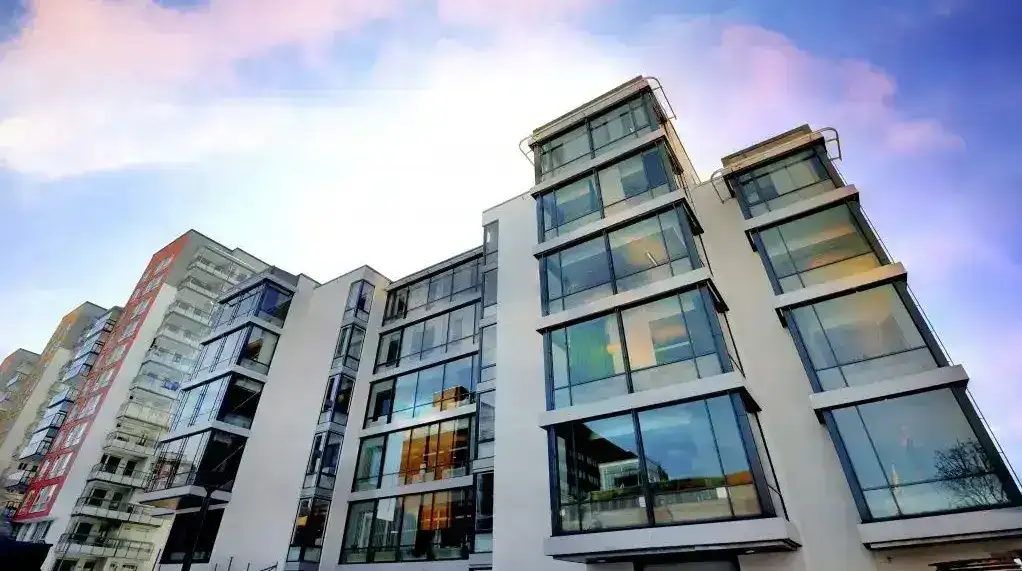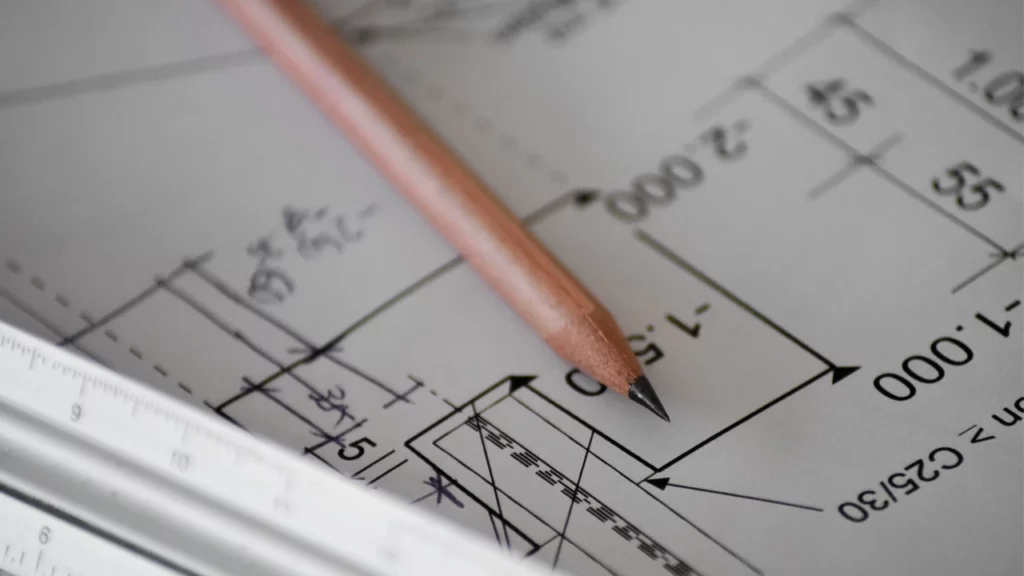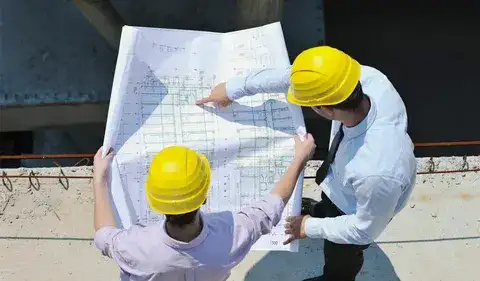People dream of having apartments in a complex. Modern urban residents depend on apartment complexes as basic elements of housing. Whether in busy cities or residential areas, they offer housing for people and families. These housing communities differ widely in design and size. This difference is based on diverse tastes and lifestyles. The real estate managers need to find the apartment count in a building complex. The quantity of apartments varies due to several elements such as rules, building preferences, and the land area. Knowing these elements helps future dwellers, developers, and investors make informed choices about complex apartment options.
ARE YOU CURIOUS ABOUT HOW MANY APARTMENTS A COMPLEX CAN HAVE? DISCOVER THE FACTORS THAT AFFECT THE NUMBER OF APARTMENTS PER COMPLEX, CONTACT BIDDING ESTIAMTE TO GET INSIGHTS INTO INFORMED DECISION-MAKING!
Understanding Apartment Complex Sizes
The total number of units in development determines the apartment complex sizes. Some complexes have only a few houses, while others have many acres with hundreds of entities. Land availability, zoning laws, and housing demand determine the scale of an apartment complex.
A small complex can have 10 to 20 items, usually found in residential areas where space is not limited. These smaller groups offer a calm living setting with fewer people. The complexes of medium size range from 50 to 100 units, offering many options for residents. They also maintain a sense of community. Big apartment complexes may have 200 or more units. They offer broad facilities like gyms, community centers, and pools. These bigger complexes are designed to house a large number of people. They offer more amenities like security services and on-site care.
Factors Affecting the Number of Apartments in a Complex
The total number of apartments in a complex relies on many factors. These are building cost, height, and regulations. Let us discover these aspects in detail.
1) Land Availability
The extent of land vacant for building plays an important role in defining the number of units in an apartment complex. The land is limited in heavily populated towns. This leads to the construction of tall buildings with many floors. These vertical buildings enhance living space in areas where land is limited. In contrast, housing or rural developments can spread out horizontally. This results in fewer units per acre but provides space that is more open, green areas, and parking services.
2) Building Regulations and Zoning Laws
Native authorities impose strict laws on the number of apartments in a complex. These rules dictate features like maximum height, distance between structures, green space allocation, and parking space needs. Builders must follow these codes to get permits and evade legal problems. Zoning laws also define whether an area is suitable for housing or commercial use. This affects the number and kind of apartments that can be built.
3) Construction Budget and Costs
Builders must evaluate costs when designing an apartment complex. Residential Construction Estimation helps define the financial viability of a plan. The process comprises infrastructure development, permit fees, material costs, and labor costs. A correct budget estimation lets developers adjust resources and increase the number of apartments. High building costs can lead to minor projects. Whereas a higher budget allows for more extensive complexes with top amenities.
4) Market Demand
The housing demand in a particular area has a direct effect on complex design and size. Demanding sites, such as major urban areas, tend to have bigger apartments to house more people. They feature smart designs, shared services, and efficient space use, meeting housing needs. Smaller apartment complexes dominate the apartment market in rural locations. They focus on comfort and affordability instead of dense residence.
Different Types of Apartment Complexes
Various apartment complexes exist in different forms. Each of them is designed to serve diverse lifestyles and resources. Knowing these types helps potential residents and investors pick the right sort of complex.
1) Low-Rise Complexes
These usually have 1 to 3 floors and are common in residential areas with higher land availability. Small complexes give a calmer setting with parking services, open spaces, and patios. They are perfect for people looking for a calm living space with easy access to outside areas.
2) Mid-Rise Complexes
Most mid-rise buildings are constructed with 4 to 7 levels. These complexes are common in metropolitan settings. They offer a balance between open areas and density. Mid-rise buildings often have security features, shared services, and elevators. These features make them the best choice for urban people looking for modern amenities.
3) High-Rise Complexes
Skyscraper-style complexes are mostly found in big cities. These structures have 10 or more floors and may have hundreds of units. High-rise buildings offer modern amenities and great views. They also offer primary locations near corporate districts and entertainment hubs. Yet, they often have higher ownership costs and rental due to their prime locations and luxury aspects.
4) Luxury Apartment Communities
Luxury complexes offer top-tier living spaces with quality features. These top buildings feature smart technology, doorman services, luxury pools, and rooftop lounges. These buildings cater to people seeking classy living spaces with top-tier services. They are found in prosperous areas and serve professionals, officials, and rich people.
Estimating the Costs of Building Apartments in a Complex
When building apartments in a complex, builders trust cost estimation services. A Cost Estimating Firm helps evaluate spending on labor, materials, and permits. Precise estimates avoid financial shocks and keep the project on track. Detailed cost estimates also maintain high construction standards.
The final cost of a complex differs based on several factors. These are project design, project size, and location. For instance, a small 10-unit complex can cost a few million dollars. Whereas a big high-rise complex can cost hundreds of millions of dollars. Proper estimates ensure financial stability during construction and allow for efficient resource allocation.
CONTACT BIDDING ESTIMATE LLC AND GET A CONSULTATION ON ACCURATE COST ESTIMATION! OUR TEAM GUARANTEES YOUR PROJECT WILL PROGRESS SUCCESSFULLY FROM ITS BEGINNING TO ITS COMPLETION.
Conclusion
The number of apartments in a complex depends on land size, codes, and zoning laws. The size of complexes extends across various levels, from simple to high-rise structures. Building complex requires developers to find costs and check zoning laws. Builders must evaluate housing requirements for new construction. Getting expert support and following planning steps are vital for successful project execution. Learning these elements will guide all stakeholders and developers in residential choice-making. A Bidding Estimate LLC is a top selection when searching for reliable cost-estimating services. We deliver remarkable residential construction planning and cost estimation expertise.




